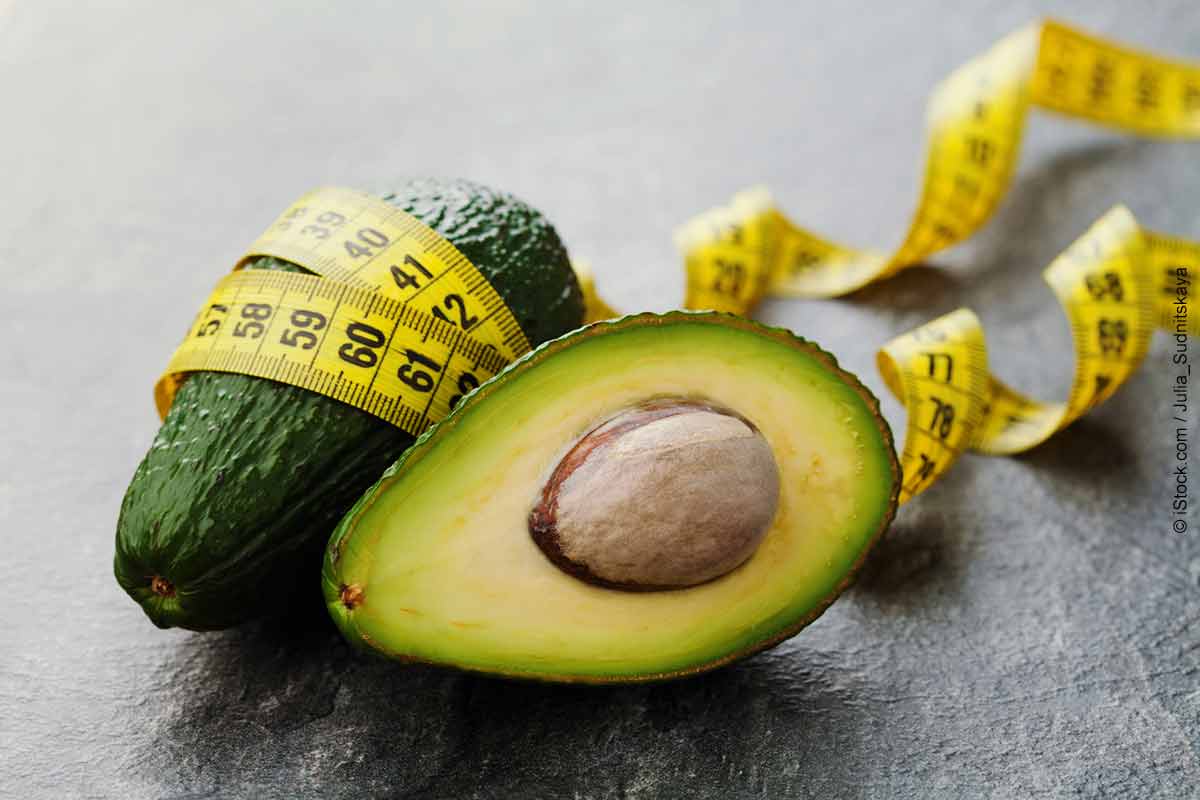Manage Your Weight by Eating Half an Avocado a Day
11,651 views

Grain carbohydrates serve as a fuel source, but they may lead to excess weight, fatigue and bloating. Removing them from your diet and replacing them with healthy fat sources, such as avocados, is one of the best things you can do to improve your health and control your weight.
Avocados are an excellent source of heart-healthy monounsaturated fats that are easily burned for energy. I eat an avocado almost daily myself, often adding it to my salad at lunch. It increases my healthy fat and calorie intake without drastically increasing my protein and carbohydrate intake.
Avocado's Composition and Role in Your Health
A study published in the Nutrition Journal found that eating just one-half of a fresh avocado with your lunch can make you feel full longer and prevent unnecessary snacking, which is extremely valuable if you're struggling to maintain your weight.
But what makes an avocado great anyway? According to the California Avocado Commission, a medium Hass avocado contains:
- 22.5 grams of fat with two-thirds being monounsaturated
- 3 grams of carbohydrates
- Less than 1 gram of fructose per 1 ounce serving
- Fiber
- High levels of potassium
- B-vitamins
- Folic acid
I want to focus on the high potassium of level of avocados here. Potassium is a compound vital for proper body functions, because an imbalance in your sodium-potassium ratio (too much salt in this case) can spell disaster, and put you at risk of cardiovascular disease, osteoporosis, memory decline, cataracts and rheumatoid arthritis.
Potassium can counteract the damage of excess sodium in your body, as noted by Dr. Elena Kuklina from the Centers for Disease Control and Prevention (CDC). Ideally, your potassium intake should be around 4,700 milligrams per day, and your sodium levels should be roughly the same or just below that. The key here is moderation, because sodium is still an important nutrient for your body.
The easiest way to achieve the recommended potassium-sodium ratio is regular consumption of avocados. Avoiding processed foods, due to their high sodium content, is another way to balance the ratio. It goes without saying that eating avocados is NOT an excuse for eating unhealthy food as you could negate the nutrients, rendering the benefits of avocados useless.
In another study, the cardiovascular benefits of avocados were documented with great results. The findings show that eating a hamburger (made with 90 percent lean beef) along with a one-half medium Hass avocado greatly decreased the creation of the inflammatory compound interleukin-6 (IL-6), compared to eating a burger without an avocado.
The triglyceride levels of the participants did not have any notable increase. Based on these findings, avocados can be an effective method of preventing an increase in blood pressure.
Conventionally Grown Avocados Are Safe to Consume, but Peel Them Correctly
Another great thing about avocados is that you don't have to spend much time and money looking for organic sources. I actually sent six dozen samples of conventionally-grown and organic avocados for toxicology testing, and the results showed no detectable presence of herbicides for either sample groups. The thick skin of the avocado could be the main factor why the chemicals weren't able to penetrate the fruit.
Researchers from UCLA noted that the greatest concentration of an avocado's nutrients can be found on the dark green portion closest to the inside of the peel. Therefore, peeling it correctly is important — you don't want to the nutrients to go to waste! Here's a simple guide on peeling avocados properly:
- Slice the avocado lengthwise around the seed
- Twist each slice in opposite directions to separate them from the seed
- Remove the seed and cut each half lengthwise again
- Peel the skin off each piece with your thumb and index finger
Avocados can also be used in cooking and not just eaten raw. You can use avocados to replace the fat you would normally use in baking, or use it as a dessert whip. There are plenty of other uses for avocado, and you can check out the California Avocado Commission's website for more recipes.
Maximize Avocados With Intermittent Fasting
To maximize the benefits of avocados, I suggest combining them with intermittent fasting. It's a method where you eat your all your meals at regular intervals within a specific window of time, and then fast for the remainder of the day. Ideally, your first meal should be at noon, and then the rest of your remaining meals should be consumed within the next six to eight hours. This method was inspired by our ancestors' diet, as they didn't have access to food throughout the day.
Research has shown that there are many benefits to this eating strategy. Fasting has shown to increase insulin and leptin sensitivity, thereby reducing the risk of chronic diseases such as diabetes and heart problems. Over time, fasting also switches your body's energy source from sugar to fat, helping you maintain weight, and even lower your cravings for sugar.
By combining intermittent fasting with eating avocados during lunch time, you'll soon be able to see improvements with your weight and your overall health. For more information about burning fat for fuel, check out my latest book, Fat for Fuel, and the article "How Avocado Can Help With Weight Management."